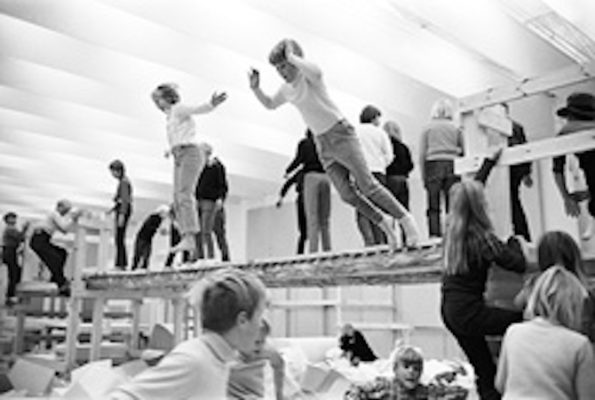Search
To search for an exact match, type the word or phrase you want in quotation marks.
A*DESK has been offering since 2002 contents about criticism and contemporary art. A*DESK has become consolidated thanks to all those who have believed in the project, all those who have followed us, debating, participating and collaborating. Many people have collaborated with A*DESK, and continue to do so. Their efforts, knowledge and belief in the project are what make it grow internationally. At A*DESK we have also generated work for over one hundred professionals in culture, from small collaborations with reviews and classes, to more prolonged and intense collaborations.
At A*DESK we believe in the need for free and universal access to culture and knowledge. We want to carry on being independent, remaining open to more ideas and opinions. If you believe in A*DESK, we need your backing to be able to continue. You can now participate in the project by supporting it. You can choose how much you want to contribute to the project.
You can decide how much you want to bring to the project.

This month of August I have been invited A*DESK by to choose a text from its archives and make a brief comment on it. From among dozens of apposite texts I have chosen the one penned by Martí Manen, ‘Real Time and Institutional Time‘, in which the author evokes the divorce or the time discrepancies between what takes place outside the museum or cultural institution and what takes place inside, i.e., the discrepancies between ‘life on the street’ and ‘life in the white cube or the black box’. I think it is interesting to point out that the issues raised by the text, written in February 2009, are still completely valid today, almost ten years later.
A colleague of mine who works in an American art centre was telling me recently that conservators and curators at his museum are now obliged to include spaces within their exhibition designs and itineraries where audiences may freely ‘connect’ with the outside world, through social networks, to describe their museum experience. Could this strategy be an attempt to connect ‘outside’ and ‘inside’ realities?
If this is the cleverest and most original proposal for breaking down the time between the museum and the street, I prefer the idea that we are indeed heading towards museums or cultural institutions for quite the opposite reasons — for experiencing a different sense of time, removed from the pressing needs and immediacy of our everyday lives. As suggested by Jacques Rancière, perhaps in this other time, that of the museum, we may be able to assert our ability to see what we see, to know what to think and what to make of it all. I believe that, despite its difficulty, this is a much more suggestive and exciting challenge.
“Tiempo Real y Tiempo Institucional” (09/02/2009 ) Martí Manen

Marta Gili likes wandering through cities on foot, discovering places so close they have become invisible, preparing dinner parties with small groups of friends, chatting about this and that … She always needs to have a place to visit, even if she dallies on the way and decides to change track; she needs to work with artists, think up projects, deploy resources, create possibilities for acting, overcome inertias — in short, to move things in order to advance in one or more directions.
"A desk is a dangerous place from which to watch the world" (John Le Carré)